From How is data deleted?
Cassandra allows you to set a default_time_to_live property for an entire table. Columns and rows marked with regular TTLs are processed as described above; but when a record exceeds the table-level TTL, Cassandra deletes it immediately, without tombstoning or compaction.
This is also answered here
If a table has default_time_to_live on it then rows that exceed this time limit are deleted immediately without tombstones being written.
And commented in LastPickle's post About deletes and tombstones
Another clue to explore would be to use the TTL as a default value if that's a good fit. TTLs set at the table level with 'default_time_to_live' should not generate any tombstone at all in C*3.0+. Not tested on my hand, but I read about this.
I've made the simplest test that I could imagine using LeveledCompactionStrategy:
CREATE KEYSPACE IF NOT EXISTS temp WITH replication = {'class': 'SimpleStrategy', 'replication_factor': '1'};
CREATE TABLE IF NOT EXISTS temp.test_ttl (
key text,
value text,
PRIMARY KEY (key)
) WITH compaction = { 'class': 'LeveledCompactionStrategy'}
AND default_time_to_live = 180;
INSERT INTO temp.test_ttl (key,value) VALUES ('k1','v1');nodetool flush tempsstabledump mc-1-big-Data.db
- wait for 180 seconds (default_time_to_live)
sstabledump mc-1-big-Data.db The tombstone isn't created yet
The tombstone isn't created yetnodetool compact tempsstabledump mc-2-big-Data.db The tombstone is created (and not dropped on compaction due to gc_grace_seconds)
The tombstone is created (and not dropped on compaction due to gc_grace_seconds)
The test was performed using apache cassandra 3.0.13
From the example I conclude that isn't true that default_time_to_live not require tombstones, at least for version 3.0.13.
However this is a very simple test and I'm forcing a major compaction with nodetool compact so I may not be recreating the scenario where default_time_to_live magic comes into play.
But how would C* delete without tombstones? Why this should be a different scenario to using TTL per insert?